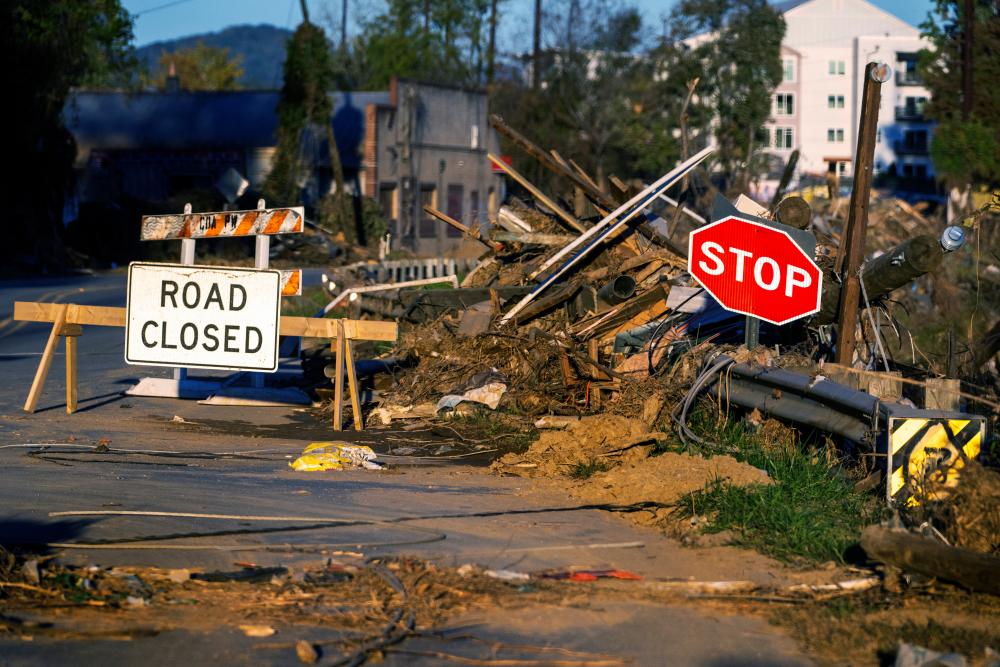In Asheville, North Carolina, Elizabeth Steere recalled her kids’ childhood viewing of The Wizard of Oz, assuring them that tornadoes were not a threat they needed to worry about. However, her perspective changed dramatically following the arrival of Tropical Storm Helene on September 26, which devastated the region. The storm not only claimed lives but obliterated towns, disrupted roadways, downed power lines, and contaminated water supplies. Nearly a month after Helene’s impact, approximately 76,000 students still faced disruptions in their education due to school closures and decreased access to safe drinking water. Ashley Mosley, a local parent, found her family displaced, highlighting how communities like Asheville, typically thought to be safe from such weather disturbances, are now grappling with these unforeseen crises.
Schools across western North Carolina remain closed for safety reasons, primarily due to problematic water supplies and ongoing repairs. Officials in Asheville planned for the reopening of public schools by October 28, but the challenges associated with this disaster are far-reaching. Globally, UNICEF estimates that climate-related disasters disrupt the education of around 40 million children annually, a figure that continues to rise as climate patterns shift. Other states, including California and Florida, have experienced school closures due to wildfires and hurricanes, revealing that educational disruptions are a national issue exacerbated by climate change.
The fallout from these disasters is not equal; students from at-risk populations face significant hurdles. Economic challenges are apparent, as around 44% of children in Asheville’s public schools come from disadvantaged backgrounds. The disparities in resources exacerbate learning loss, especially since lower-income students often lack access to air-conditioned learning environments, making learning during extreme heat even more problematic. Furthermore, research indicates that air pollution from wildfires is linked to higher asthma rates, which can further hinder students’ health and academic performance. Educational authorities have been slow to address the impact of climate change on school operations and are currently pursuing grants to provide tutoring to help disadvantaged children catch up.
The emotional toll of such interruptions is equally damaging, with research suggesting long-lasting academic and psychological effects. Dr. Cassandra R. Davis from the University of North Carolina has noted that children, particularly elementary-aged, often regress academically after experiencing disasters. Past events, like Hurricane Matthew, saw students grappling with emotional distress long after the storm had passed, highlighting the psychological ramifications that accompany natural disasters. The need for schools as stabilizing institutions becomes evident, as they offer not just education but a critical sense of normalcy.
Steere’s children are among those who have encountered significant changes due to the prolonged school closures. Lack of social interaction has posed challenges, particularly for her son with autism, who thrives on routine. Until their school reopened, he attended a temporary bridge program that, while beneficial for socialization, lacked the familiar environment he needed. Mosley faced similar dilemmas; she temporarily enrolled her children in schools in Mississippi, trying to juggle work obligations while coping with the disruptions at home. The uncertainty regarding school and recovery from the flooding forced many families to consider drastic changes, including relocating altogether.
As Asheville prepares for school to resume, administrators are taking measures such as providing outside drinking water to address ongoing safety concerns. Although many families indicate their intent to return, the exodus is also evident in the records requests from students looking to transfer. Steere expressed relief at her older son’s return to his charter school, where teachers are working to facilitate discussions about the storm. This type of emotional support and processing is a crucial aspect of recovery that families find invaluable, showcasing the essential role that schools play in navigating the aftermath of disasters. These conversations not only help children make sense of their experience but also reinforce their connection to their community.
Through these stark experiences, the impact of climate change on education and emotional stability has become glaringly apparent. The events following Tropical Storm Helene offer a compelling case study on the intersection of climate impacts, educational disruption, and the support systems necessary for children’s recovery, indicating a pressing need for broader discussions about climate resilience and equitable educational supports as communities adjust to new realities brought on by a changing climate.

